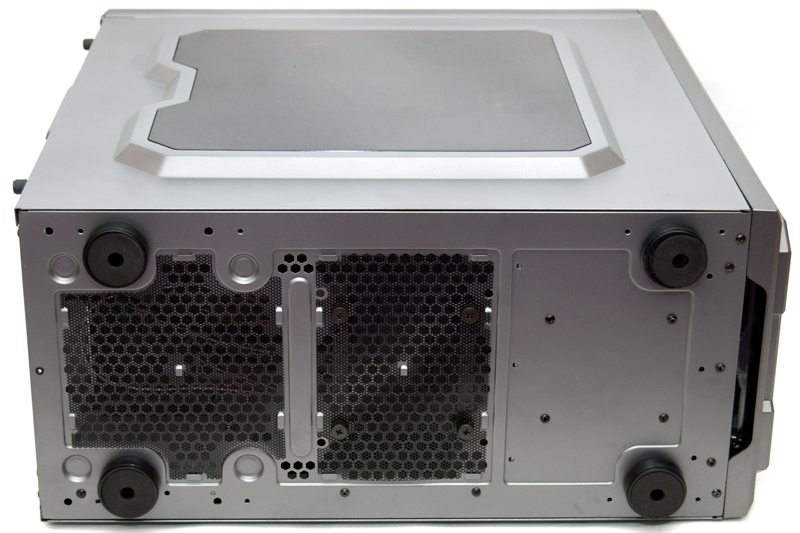Enermax Fulmo-ST Midi-Tower Chassis Review
Peter Donnell / 11 years ago
The left side of the chassis features a raised window section, heavily tinted to give us a subtle peak at the interior and this will look fantastic should you have any components with lighting fitted such as fans, or your motherboard. The panel is held in place with a pair of thumb screws for easy access.
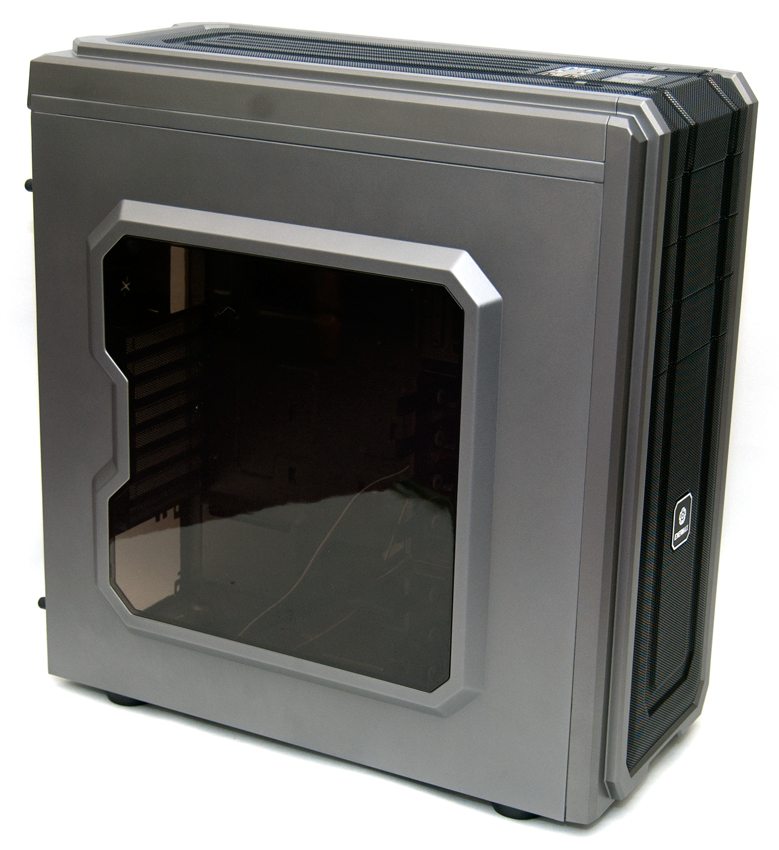
The right side panel features the exact same shape as the left, but it doesn’t feature the window panel and this raised section should allow plenty of extra space for hiding cables behind the motherboard.
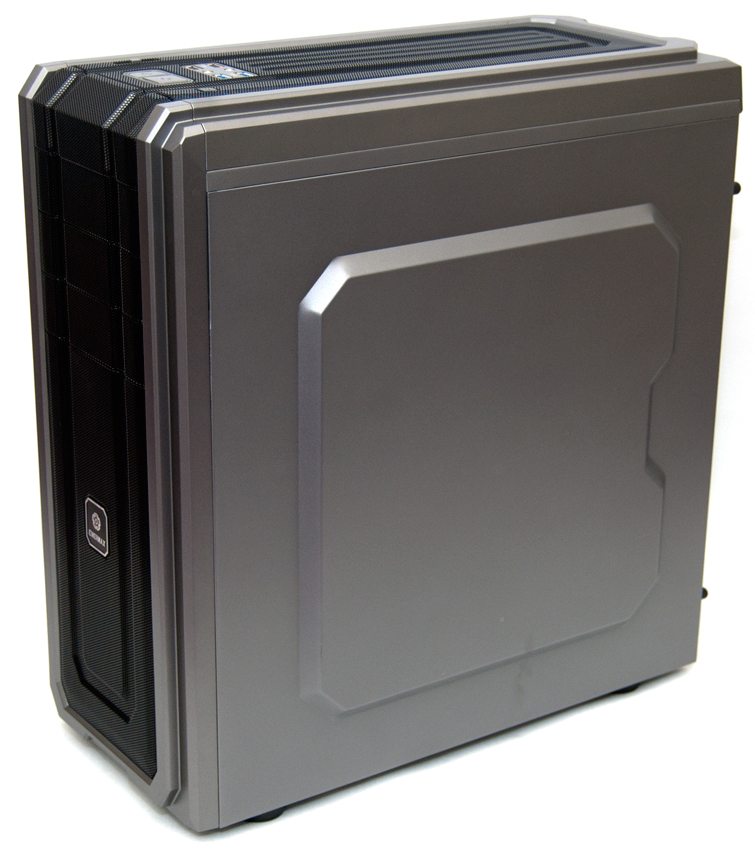
The front panel features a full mesh design that houses 3 x 5.25″ drive bay covers that are removable from the chassis interior. The mesh design lines up nicely with the top panel and creates the effect of a continuous mesh across the top and down the front of the chassis.
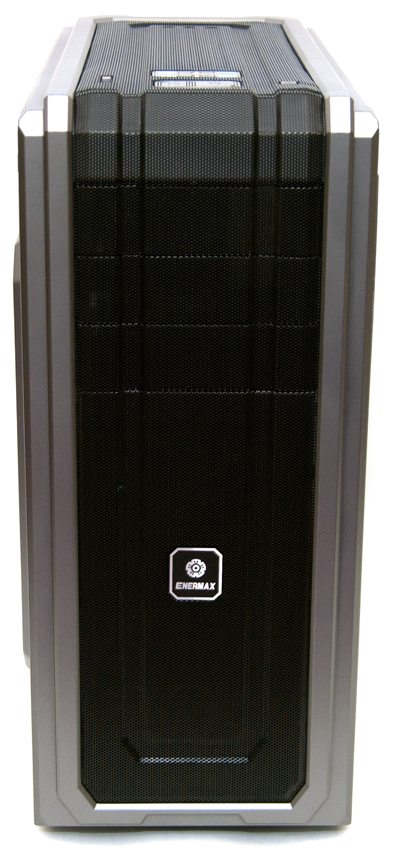
The mesh features a unique shape with two grooves, one down each side, here you can see the contours more clearly if we stand at an off angle.
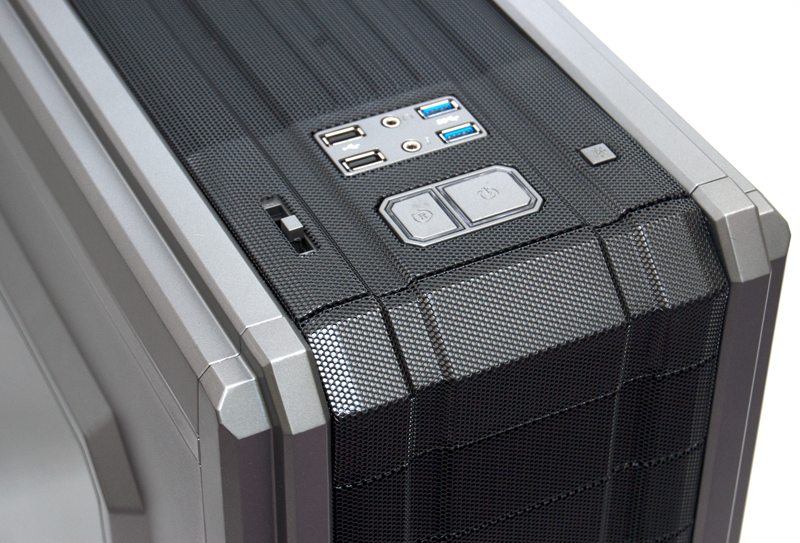
The front panel is well equipped with a fan control slider on the left and a fan LED controller on the right, funky custom shaped power and reset switches that follow the same angular design as the rest of the chassis, four USB ports (2 x USB 2.0 & 2 x USB 3.0) as well as HD audio connections.
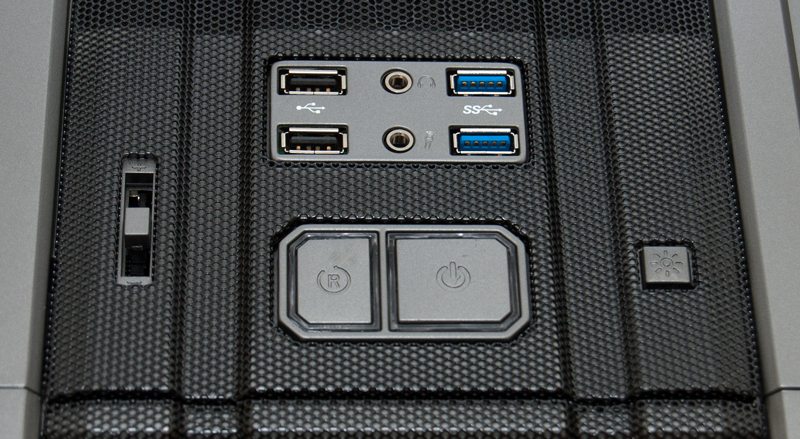
The top panel is quite deep and acts as a raiser above the chassis to house extra internal cooling such as radiators and fans, but we’ll take a closer look at that in the next section of the review.
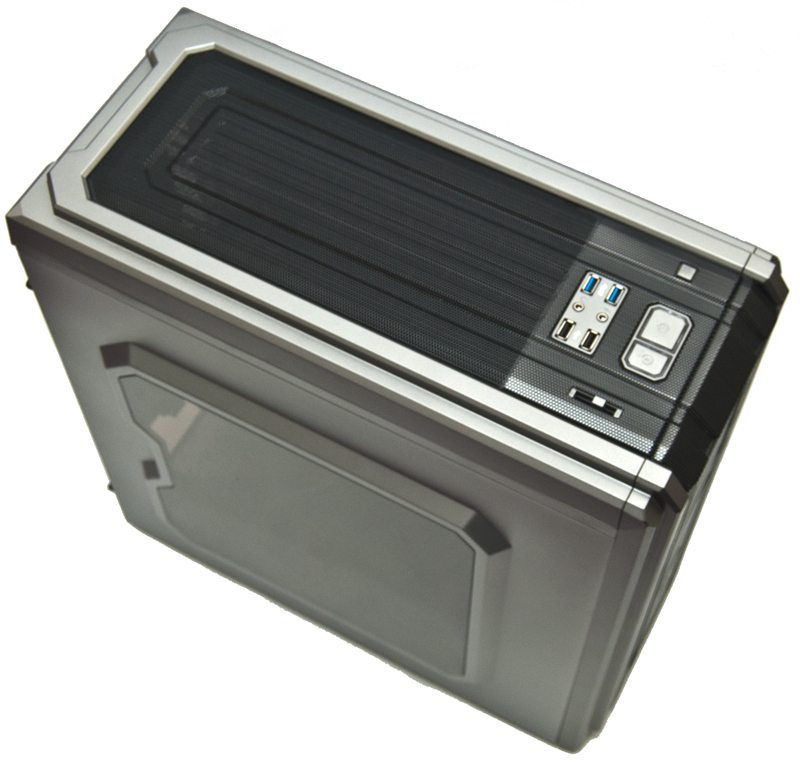
Around the back we have a pre-installed 120mm exhaust fan, 3 water/cable routing holes that are fitted with grommets, 9 expansion slots in an 8+1 layout, each with ventilated and reusable covers.
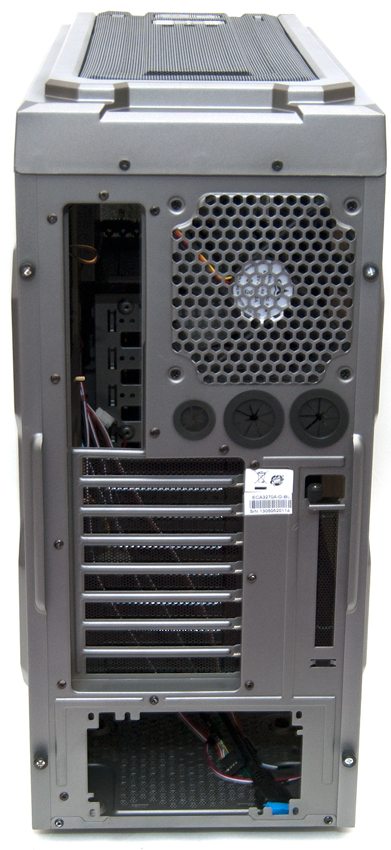
The underside of the chassis feature 4 hard plastic feet with foam stick on covers that will provide some grip on hard surfaces, but more importantly some ground clearance for the bottom air intakes. Each is fitted with a mesh air filter, a bit of a cheap solution but certainly better than nothing. you’ll also notice 4 thumbscrews near the middle of the base, this is to hold in place the SSD bracket on the chassis interior.
